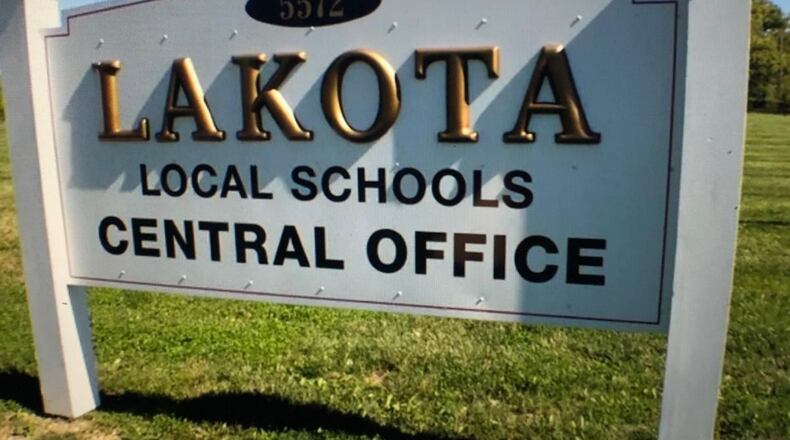Zink told members of the governing board the district’s finances are projected to be stable in 2025 but a new variable may impact its operating budget in 2026.
In 2026, Lakota will undergo a tax reappraisal that may impact revenues within its current $221 million annual operating budget, he said, adding there may also other variables adding to the uncertain prediction of the district’s financial state.
Zink reminded the board the five-year forecast is a snapshot in time, based on current information available.
“It’s not etched in stone (and) it is very fluid,” he said.
He added, however, that Lakota’s financial estimate for fiscal year 2025 is “stable.”
The bi-annual forecast, presented and submitted to the state each May and November, if required by state law and assists with long-range financial planning.
The projections from all Ohio public school systems provides a snapshot of both historical data and the next five years, based on current and projected revenue and expenditure assumptions.
Lakota and other school officials regularly caution the public about such forecasts are inherently problematic due to the state’s biennium operating budget – from which public schools often receive the majority of their funding – makes projections beyond two years into the future largely speculative.
Butler County’s recent 37% increase in property taxes does not mean more tax revenue for Lakota as under Ohio’s decades-old House Bill 920, local school taxes cannot rise beyond their original millage.
According to a statement from Lakota officials, the county’s most recent 37% appraisal increase “homeowners saw equals a rollback of millage for Lakota to ensure that the district collects the same amount of revenue from its taxpayers as it did the previous tax year.”
“There was a lot of fear when we saw those property reappraisals,” said Board President Julie Shaffer. “But if you look at the actual numbers in the forecast, because of House Bill 920, our local revenue went up 3.5%.” Shaffer reiterated that if another reappraisal amounts to a high increase for homeowners, it does not necessarily mean that taxes to Lakota will increase drastically.
Zink also noted that, while operating expenses have increased slightly over recent years compared to revenues, state funding for Lakota has remained mostly flat.
He said the only absolute certainty in the five-year projection process is the change between each bi-annual report.
“As always, the forecast is a forecast,” said Zink. “It will change by May.”
About the Author
